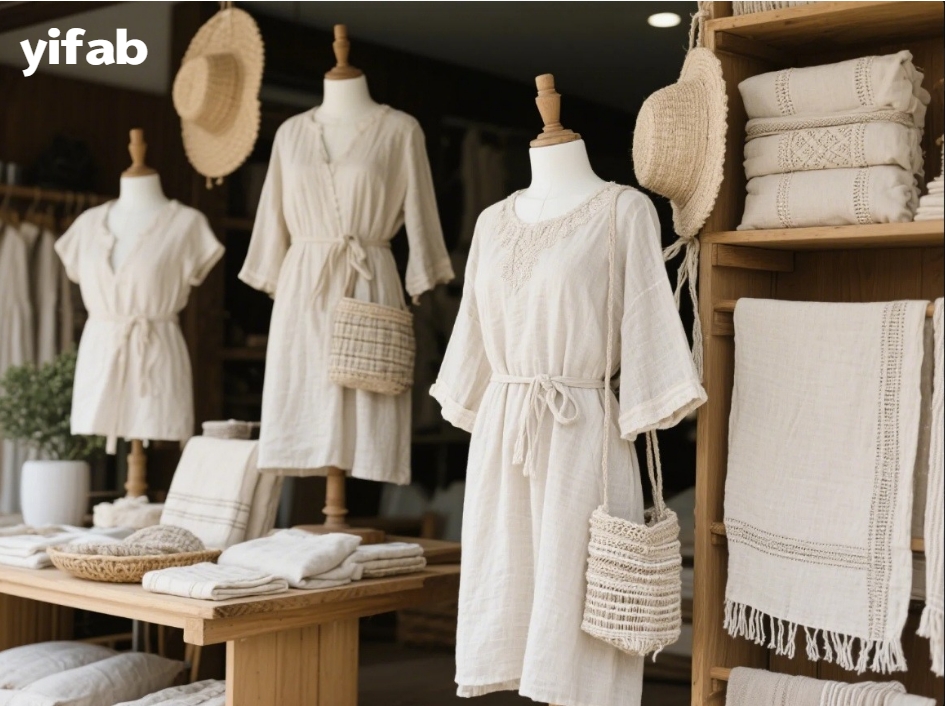The History of Linen: From Ancient Egypt to Modern Fashion
Blog post description.
5/19/20251 min read


The History of Linen: From Ancient Egypt to Modern Fashion
Linen, one of the world’s oldest fabrics, has a rich history that stretches back thousands of years. Renowned for its durability, breathability, and natural beauty, linen has been an essential textile across various cultures, from ancient civilizations to modern fashion trends.
Ancient Beginnings:
The story of linen dates back to Ancient Egypt, where it was used for everything from clothing to burial shrouds. Egyptians prized linen for its light, breathable qualities, making it ideal for their hot, dry climate. Linen garments were reserved for the wealthy and royalty, with mummies often wrapped in fine linen cloth as a symbol of prestige. The Egyptians also used linen to create sails, ropes, and other essential goods, showcasing its versatility.
The Spread of Linen:
As trade routes expanded, linen spread throughout the Mediterranean and beyond. By the time of the Roman Empire, linen was a symbol of sophistication and comfort. The fabric was used for togas, tunics, and even bed linens. In medieval Europe, linen became widely used for clothing, undergarments, and household items like tablecloths and sheets.
Linen in Modern Fashion:
Today, linen remains a staple of sustainable fashion. Designers appreciate its eco-friendly nature, as it is made from the flax plant, a crop that requires minimal water and pesticides. Linen is also highly biodegradable, making it an attractive option for environmentally-conscious consumers.
From its origins in Ancient Egypt to its modern-day prominence, linen has stood the test of time as a luxurious, practical, and sustainable fabric. Whether used in casual summer wear or high-end fashion collections, linen continues to be celebrated for its natural elegance and enduring charm.
